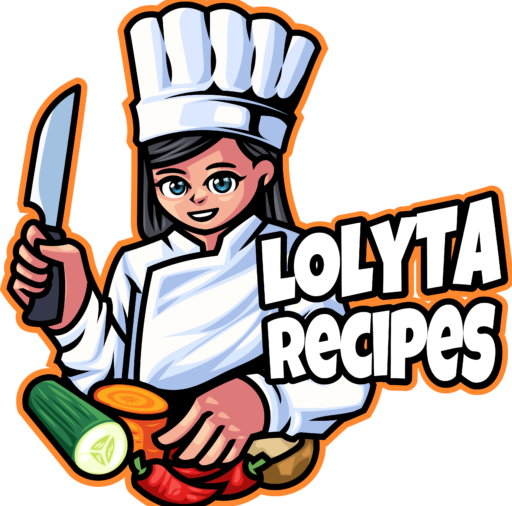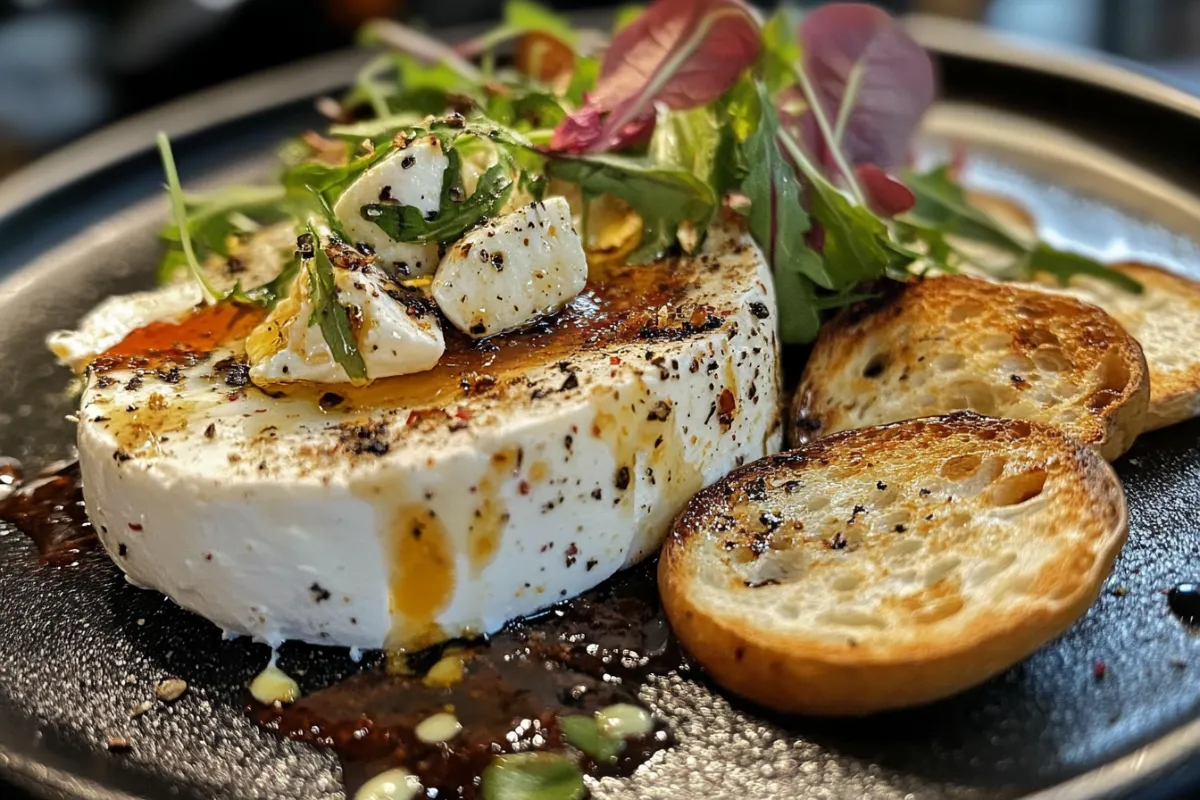Goat Cheese: A Culinary Delight with a Rich History and Health Benefits
Exploring the Versatility of Goat Cheese
Cheese made from goat’s milk is celebrated for its distinct flavor and creamy texture, making it a favorite in both gourmet and everyday cooking. This versatile ingredient, often referred to as chèvre, has a rich history dating back thousands of years. In this comprehensive guide, we’ll explore everything you need to know about goat cheese, from its origins to its nutritional benefits, and how to incorporate it into your cooking.
Introduction to Chèvre
This cheese, known for its tangy flavor, has become a staple in kitchens around the world. Whether you’re spreading it on a cracker or crumbling it over a salad, this dairy product adds a delightful complexity to any dish. Over the years, its popularity has surged, making it a favorite for those looking to add a gourmet touch to their meals.
For those interested in more in-depth information on the benefits of chèvre, I recommend checking out this Health Benefits of Goat Cheese article. Understanding the nutritional content can help you incorporate it more wisely into your diet.
The Rich History and Origins of Chèvre
The production of this dairy product from goat’s milk dates back thousands of years, making it one of the earliest dairy products known to humankind. Its popularity spread across the Mediterranean, where it became a staple in the diets of many ancient civilizations.
In regions like France and Spain, this type of cheese gained prominence, with artisans developing unique varieties that are still enjoyed today. The Loire Valley in France, for example, is famous for its production of chèvre. The rich history of this product in Europe has also led to its expansion into global markets, where it continues to be a favorite for cheese lovers.
For those curious about different types of cheeses and their production processes, take a look at this Types of Cheese Guide for a broader perspective on where chèvre fits in the cheese world.
Nutritional Benefits of Goat Milk Cheese
This dairy product is not only delicious but also offers several nutritional benefits. It is a rich source of protein, healthy fats, and essential vitamins and minerals. Compared to cow’s milk cheese, this option has lower lactose levels, making it easier to digest for those with lactose intolerance.
Here’s a closer look at the nutritional content of this cheese:
- Calories: Approximately 75 calories per ounce
- Protein: Around 5 grams per ounce
- Fat: Contains healthy fats, including medium-chain fatty acids
- Calcium: A good source of calcium, which is vital for bone health
- Vitamins and Minerals: Rich in vitamins A, B2, and B12, and minerals such as phosphorus and magnesium
The lower lactose content in this cheese makes it a great alternative for those who have trouble digesting cow’s milk products. Additionally, the healthy fats found in it can support heart health when consumed in moderation. This combination of nutrients also makes it a good option for those looking to maintain a balanced diet while enjoying rich and flavorful foods.
Different Varieties of Goat Milk Cheese
Cheese made from goat’s milk comes in various forms, each offering a different flavor and texture. Here’s a breakdown of the main types:
Fresh Goat Cheese
- Texture: Soft and spreadable
- Flavor: Mild and tangy
- Uses: Ideal for spreading on bread, adding to salads, or using as a dip
Fresh chèvre is creamy and mild, making it incredibly versatile. It pairs well with sweet flavors like honey and fruits, or savory ingredients like herbs and garlic.
Aged Varieties
- Texture: Firmer and crumbly
- Flavor: Richer and more intense
- Uses: Best enjoyed on a cheese board or grated over dishes
As this type of cheese ages, it develops a more robust flavor, which intensifies over time. It can range from semi-firm to hard, with some varieties having a rind that adds additional texture and flavor.
Flavored Varieties
- Texture: Varies depending on the base cheese
- Flavor: Enhanced with herbs, spices, or fruits
- Uses: Adds depth to salads, appetizers, and main dishes
Flavored cheeses are infused with various ingredients, such as garlic, herbs, or fruits. These varieties can bring a new dimension to dishes, adding both flavor and visual appeal.
Regional Specialties
- French Chèvre: Known for its tangy and earthy flavor, often aged and enjoyed on its own or with simple accompaniments.
- Spanish Garrotxa: A semi-firm cheese with a nutty flavor and a natural rind, ideal for cheese platters.
- American Artisan Varieties: Ranges from mild and creamy to bold and aged, reflecting the diversity of American cheesemaking.
The variety of goat cheeses available means there’s something for everyone, whether you prefer a mild and creamy option or a more intense and aged variety. Exploring the different types of these cheeses can be a fun and rewarding experience for any cheese enthusiast.
Cooking with Goat Cheese
Goat cheese is incredibly versatile in the kitchen. Here are some ideas on how to incorporate it into your cooking:
- Appetizers: Spread fresh cheese on crostini and top with roasted vegetables, or make a simple goat cheese dip with herbs and garlic.
- Salads: Crumble this cheese over mixed greens or roasted vegetables to add creaminess and tang.
- Main Dishes: Use this cheese as a stuffing for chicken or pork, or incorporate it into pasta dishes for a creamy texture.
- Desserts: Incorporate it into cheesecake recipes for a tangy twist, or pair it with fruits and honey for a simple yet elegant dessert.
Goat cheese also pairs beautifully with a variety of wines. Its tangy flavor complements both white and red wines, making it a versatile choice for pairing. For those who love to experiment in the kitchen, this cheese offers endless possibilities. Pair it with different wines and foods by following tips from this Cheese and Wine Pairing guide.
Goat Cheese in Global Cuisines
Cheese made from goat’s milk is not only popular in Western cuisines but is also used in various global dishes. In Mediterranean countries, it’s a common ingredient in salads, pastries, and appetizers. In the Middle East, it’s used in dishes like manakeesh, a flatbread topped with cheese and herbs.
Latin America, goat cheese is sometimes incorporated into traditional dishes such as empanadas and arepas. Its versatility allows it to blend seamlessly into both savory and sweet dishes across different culinary traditions.
Popular Goat Cheese Recipes
If you’re looking to get creative with this ingredient, here are some popular recipes to try:
Beet Salad with Chèvre
This salad combines the earthy sweetness of beets with the tangy creaminess of cheese, all topped with a light vinaigrette.
Stuffed Chicken with Goat Cheese
Chicken breasts are stuffed with a mixture of cheese and herbs, then baked to perfection. The result is a flavorful and moist dish that’s perfect for any occasion.
Savory Tart with Cheese and Onions
A savory tart featuring goat cheese, caramelized onions, and fresh herbs, all baked in a flaky crust. This dish is perfect for brunch or a light dinner.
Chèvre Cheesecake
A unique take on the classic dessert, this cheesecake uses goat cheese for a tangy flavor that pairs beautifully with a sweet graham cracker crust and fresh berries.
Mediterranean Cheese Platter
Create a Mediterranean-inspired cheese platter featuring goat cheese, olives, roasted red peppers, and pita bread. This makes for an excellent appetizer or light meal.
These recipes highlight the versatility of chèvre and how it can be used to elevate both simple and complex dishes. Whether you’re preparing a casual meal or hosting a dinner party, this ingredient is sure to impress your guests.
How to Store and Serve Goat Cheese
To get the most out of your cheese, it’s important to store and serve it correctly:
- Storage: Keep cheese in the refrigerator, wrapped in wax paper or stored in an airtight container. Fresh cheese should be consumed within a week, while aged varieties can last longer.
- Serving: Bring it to room temperature before serving to enhance its flavor and texture. Pair it with complementary foods like fruits, nuts, and crusty bread for a well-rounded cheese board.
- Signs of Spoilage: If your cheese develops an off smell, mold (other than the natural rind on aged cheeses), or a sour taste, it’s time to discard it.
Proper storage and serving techniques ensure that you get the best flavor and texture from your cheese. Additionally, serving cheese at the right temperature allows its full flavor profile to shine.
Health Benefits of Goat Cheese Compared to Other Cheeses
When comparing goat cheese to other types of cheese, particularly cow’s milk cheese, there are several health benefits to consider. Goat cheese is often lower in fat and calories, making it a healthier option for those watching their weight. It’s also rich in essential nutrients, including calcium and vitamins, which support overall health.
For those with lactose intolerance, this cheese is easier to digest due to its lower lactose content. The medium-chain fatty acids found in it are also more readily absorbed by the body, providing a quick source of energy and supporting heart health.
Environmental Impact of Goat Cheese Production
In addition to its health benefits, goat cheese production is often considered more environmentally friendly compared to cow’s milk cheese. Goats require less land and water than cows, and they produce less methane, a greenhouse gas. As a result, choosing this type of cheese over cow’s milk cheese can contribute to a more sustainable diet.
Furthermore, many small-scale and artisanal cheese producers focus on sustainable farming practices, such as rotational grazing and organic feed, which further reduce the environmental impact of cheese production.
Frequently Asked Questions About Goat Cheese
Is goat cheese healthier than cow cheese?
- Goat cheese is generally lower in calories and fat compared to cow’s milk cheese. It’s also easier to digest due to its lower lactose content.
How long does goat cheese last in the fridge?
- Fresh goat cheese typically lasts about 1 to 2 weeks in the refrigerator, while aged varieties can last several weeks if stored properly.
Can you freeze goat cheese?
- Yes, goat cheese can be frozen, but its texture may change. It’s best to freeze it in small portions and use it within a few months.
Is goat cheese suitable for lactose-intolerant people?
- Goat cheese contains less lactose than cow’s milk cheese, making it a better option for those with mild lactose intolerance.
What are some popular goat cheese brands?
- Popular brands include Humboldt Fog, Chavrie, and Montchevre.
How is goat cheese made?
- Goat cheese is made by curdling goat’s milk with an acidic substance like lemon juice or vinegar, then draining the whey and pressing the curds into molds. The cheese can be eaten fresh or aged to develop a firmer texture and more complex flavor.
What dishes can I make with goat cheese?
- Goat cheese is incredibly versatile and can be used in appetizers, salads, main dishes, and desserts. Popular dishes include tarts, stuffed chicken, and beet salads.
Does goat cheese pair well with wine?
- Yes, goat cheese pairs beautifully with a variety of wines. Its tangy flavor complements both white and red wines, making it a versatile choice for wine and cheese pairings.
Conclusion: Why Goat Cheese Should Be a Staple in Your Kitchen
With its unique flavor, versatility, and health benefits, goat cheese is a must-have ingredient for any home cook. Whether you’re using it in savory dishes or sweet treats, this cheese adds a tangy complexity that elevates any recipe. Experiment with different varieties and discover how this delicious cheese can enhance your culinary creations.
Next time you’re at the grocery store, pick up some chèvre and start experimenting in the kitchen. You won’t be disappointed.

